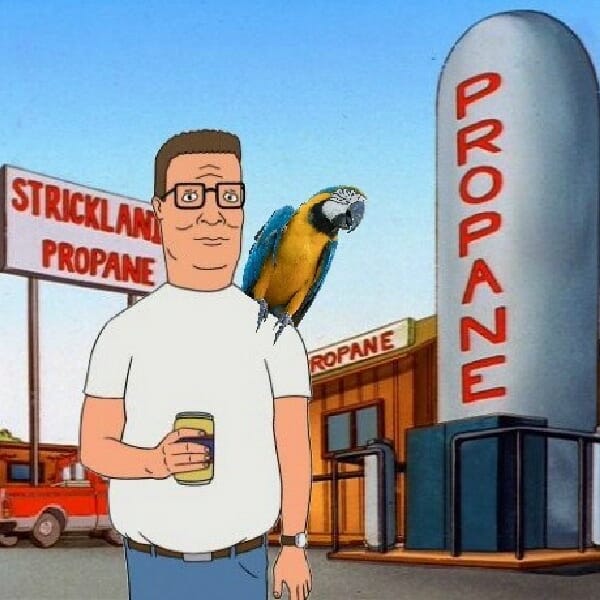
hank-propane-parrot-blog3
Is Propane Heat Safe for My Bird?
Last Updated on by Mitch Rezman
Question: Would a hot water bottle be a good option for emergency heat when the power is out, single-digit temp outside, etc.? Two quarts are a lot of water to heat with emergency fuel (without gassing everyone).
What is the minimum amount of water that would be effective? Do you have suggestions for other heat sources? Thanks, Lee
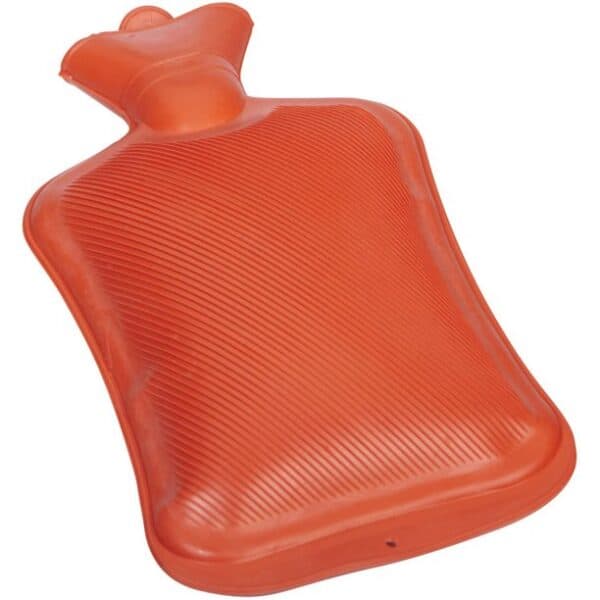
Run for the hills Francis he’s about to start talking “science”
So here’s the problem Lee – it’s something called – Newton’s Law of Cooling
Newton’s Law of Cooling states that the rate of change in the temperature of an object is proportional to the difference between its temperature and the ambient temperature (i.e. the temperature of its surroundings).
A beaker of water is heated to a boiling point for an experiment in the physics laboratory.
The water inside the beaker reaches a temperature of 302 degrees F (150 degrees C).
“Hey, wait, Mitch, water boils and becomes steam at 212 degrees F (100 degrees C) where the heck can you find 302 degrees F water?” – oy
You should have run with Francis when you had the chance –
Superheated water is liquid water under pressure at temperatures between the usual boiling point, 100 degrees C (212 degrees F), and the critical temperature, 374 degrees C (705 degrees F). It is also known as “subcritical water” or “pressurized hot water.”
…Back to the experiment.
After measuring the temperature, the beaker is removed from the burner and is then placed on the countertop.
The temperature of the surrounding air is measured to be 167 degrees F (75 degrees C).
The beaker of water is left to cool for three minutes and then its temperature is measured to be 248 degrees F (120 degrees C).
How many minutes more will it take before the water will cool down to a temperature of 185 degrees f (85 degrees C)?About 12.
Making my way on a final approach back to reality and an answer to your question.
Even if you had access to the flux capacitor from Back to the Future to heat the water hotter than you ever knew that water could be heated, Lee.
Using two hours of emergency fuel to heat water that will cool in, realistically about 30 minutes because the water is surrounded by insulated rubber-not conductive glass – would be inefficient and a waste of valuable emergency energy. It’s far more efficient to use two hours of emergency fuel to heat you and the bird which can be accomplished (without gassing anyone).
We advocate small catalytic propane space heaters.
They are highly efficient.
We have been using them for years – with our bird.
How did I learn that propane would be safe for our cockatiel?
Sometimes fact-checking on the Internet is counterproductive.
Researching the subject of propane safety and birds, once again proved the Internet is the best and worst place for information.
About a dozen years ago, I was told by an avian “expert” that birds should never be exposed to propane heat.
That always bothered me because I know many people throughout the country have no access to natural gas and rely on the propane distribution system by truck.
We traveled with our cockatiel popcorn to our travel trailer on a fairly regular basis.
One of the problems with travel trailers especially old ones is they’re terrible to heat because you’re basically in a tin can. We had insulation added in what we call a Hill William bump-out with wood studs and drywall.
The problem was even on a moderately cool day when we arrived the trailer was always an icebox. For safety, we used two electric heaters that took forever to warm up the trailer.
So one day I tried an experiment with an infrared propane tent heater from our tent-camping days. I turned on the electric heaters and then the propane heater to accelerate the rise of temperature in the room. I opened up one of the two ceiling vents of the trailer and brought Popcorn in, watching her very closely.
I kept a sharp eye on her throughout the evening and allowed the ceiling vent to remain open. It was getting pretty chilly out so I finally closed the vent still watching her – our trailer is not that big – a 25-footer. We were up for another couple of hours and she was none the worse for wear and I felt good about it. That was many winters ago.
Catalytic heaters like Mr. Heater will easily put out 30,000 BTUs and will run on a 1-pound $3 tank of propane for about five hours on high. That said, this miracle winter survival device can never come near a bird.
Birds do not understand the concept of flame or fire. So the judgment call you are faced with is determined by the length of the power outage. If news reports say that power will be restored in a few hours, keep it simple, and play it safe – don’t let your bird out of the cage while the heater is in use.
If you are in a God forbid situation like last year’s horrific snowfalls on the East Coast creating power outages for days and you are unable to evacuate, you’ll want to have a strategy for heater placement to allow some “out of the cage time.”
For example, in the trailer, we would put a heating unit behind the stool under the kitchen table, and if the bird was out she was not allowed to go to the floor. Capiche?
So you know me – the voices in my head start chatting and somehow come up with a recommendation that we should make our small travel trailer that’s permanently parked more “winter friendly”.
Fast forward to this past spring and I now have two 10,000 BTU ventless heaters warming our 1784 cubic foot trailer.
It took two days to put in the heaters.
It took six weekends to find where all the cold air was coming in. We even sealed up all but one jalousie crank window – jalousie windows are made of long narrow strips of glass that work like blinds and have no insulation value whatsoever.
BTW – our neighbor in Indiana smelled gas one night – he works for a company that distributes gas. Always trying to do the right thing I called Amerigas to report the issue.
It was 10:30 on a Friday night.
The AmeriGas driver pulled up in what was probably just a little over 30 minutes. They take ANY reports of potential propane leaks VERY seriously.
As it turned out the pipe dope around the threaded end of the meter on our 120-gallon tank had cracked and gas was escaping.
After about two turns and it was fully tightened – it passed the leak test (soapy water solution over the entire area). That was impressive.
So our birds are out of their cages as long as we’re with them in the trailer which keeps them happy and most importantly healthy. So much for an “expert” opinion.
“I help run a small parrot rescue and sanctuary in south-central Wisconsin. Feathered Friends Sanctuary & Rescue. We are in desperate need of help to pay for food for our parrots and propane for the coming winter. All our income is from donations, no one gets paid. Any help is greatly appreciated. Thank you.” So here’s an entire bird rescue in Edgerton Wisconsin, that is heated with propane. ’nuff said?
Be it propane, natural gas, or electric heat you still have to deal with winter. We offer a great selection of bird warmers so you don’t have to worry about heating the whole house just to heat the bird. There we go solving problems again.
Written by Mitch Rezman
Approved by Catherine Tobsing
Approved by Catherine Tobsing
Appended 01/21/2024
Hello, MItch;
I am now 71 and have had birds of some kind since about age 5. I have kept birds in houses and in house trailers heated with both natural gas and propane gas. My current house is heated with natural gas and also has a natural gas hot water heater, clothes dryer, and stove.
My emergency backup heat is a natural gas ventless “fake” fireplace at one end of the house, and a wall-mounted ventless gas space heater in the other end of the house.
My aviary is normally heated with brooder lamps (plus a slow ceiling paddle fan for circulation) but when the power goes out my backup is a Mr. Heater, burning propane.
In 65 years of having birds and heating with both types of gas, I have never, ever, not even once, had the slightest health problem with my birds.
Not even the smallest, most delicate finches like strawberry finches and gold-breasted waxbills. These birds thrive, breed, and live long lives in this environment.
All the hype on the internet over gas heat and gas stoves being a health hazard to humans, let alone birds, is just that–nothing but hype.
There is zero evidence to support those scare-tactic statements. On the other hand, electric power is extremely unreliable in every area I have ever lived.
The electric power goes out repeatedly all throughout the year, and invariably there is a long-term power outage whenever there is a major winter storm during the coldest temperatures of the year.
And THAT will very surely and very quickly kill your birds if you don’t have an immediate backup heat source!
Sincerely,
Judy S.
Author Profile
Latest entries
 The Traveling BirdJune 26, 2025Can You Name 5 Parrot Species That Are Living Wild in the USA?
The Traveling BirdJune 26, 2025Can You Name 5 Parrot Species That Are Living Wild in the USA? Bird BehaviorJune 26, 2025How is it Parrots Are Problem Solvers Social Animals and Even Use Tools?
Bird BehaviorJune 26, 2025How is it Parrots Are Problem Solvers Social Animals and Even Use Tools? Bird & Parrot AnatomyJune 25, 2025How a Tiny Chemical Modification Makes Parrots Nature’s Living Paintings
Bird & Parrot AnatomyJune 25, 2025How a Tiny Chemical Modification Makes Parrots Nature’s Living Paintings PigeonsJune 20, 2025How Do Parrots Thrive in Cities Outside Their Native Habitats?
PigeonsJune 20, 2025How Do Parrots Thrive in Cities Outside Their Native Habitats?
This Post Has One Comment
Leave a Reply
You must be logged in to post a comment.
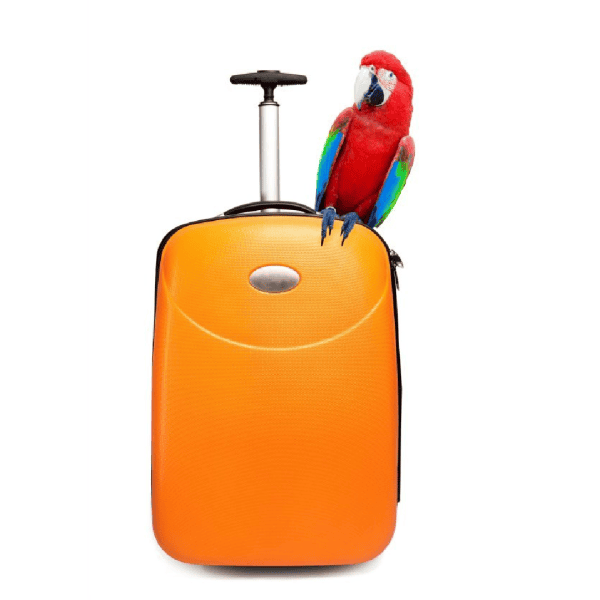
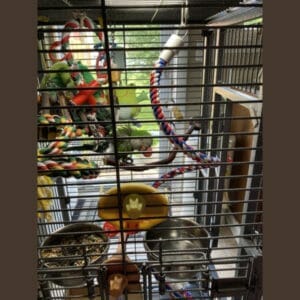
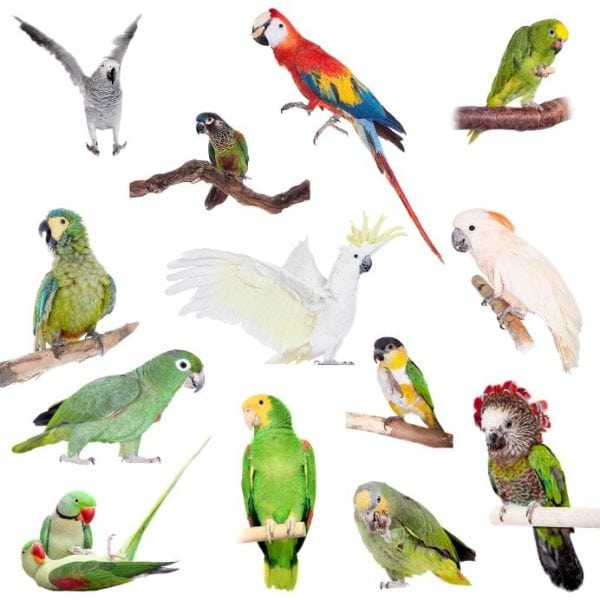
[email protected]
21 Jan 2024Thanks for covering this subject. I have a 34 year old Citron cockatoo who likes to watch TV with us a couple of hours a night. Because of a dog conflict we have to use a sunroom that is not insulated well. I usually heat it with electric but electric rates here in PA have been skyrocketing up and the temperatures plummeting down so we have been using a Mr Heater to supplement it. We have seen no ill effects but appreciate hearing of you’re experience.